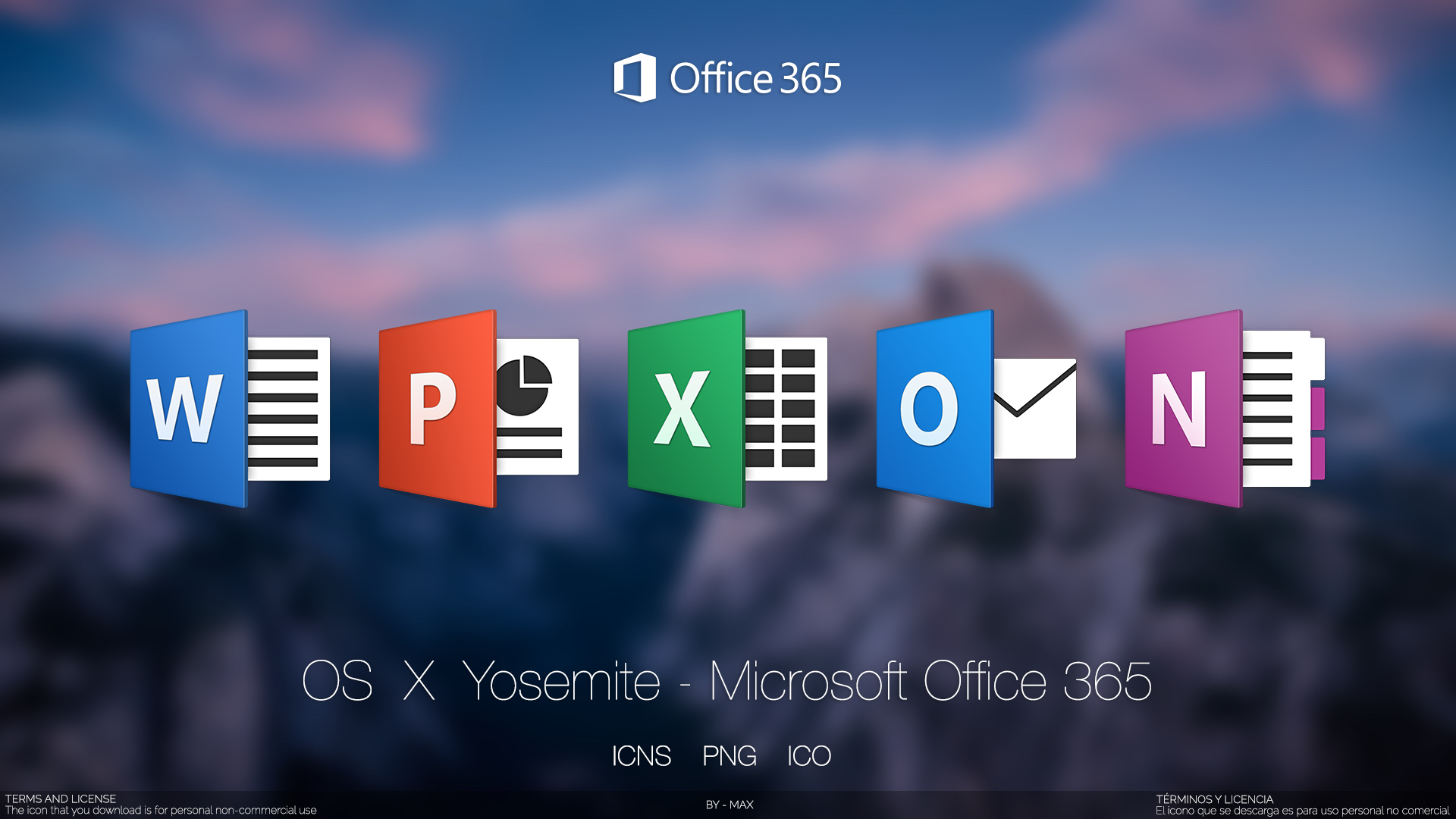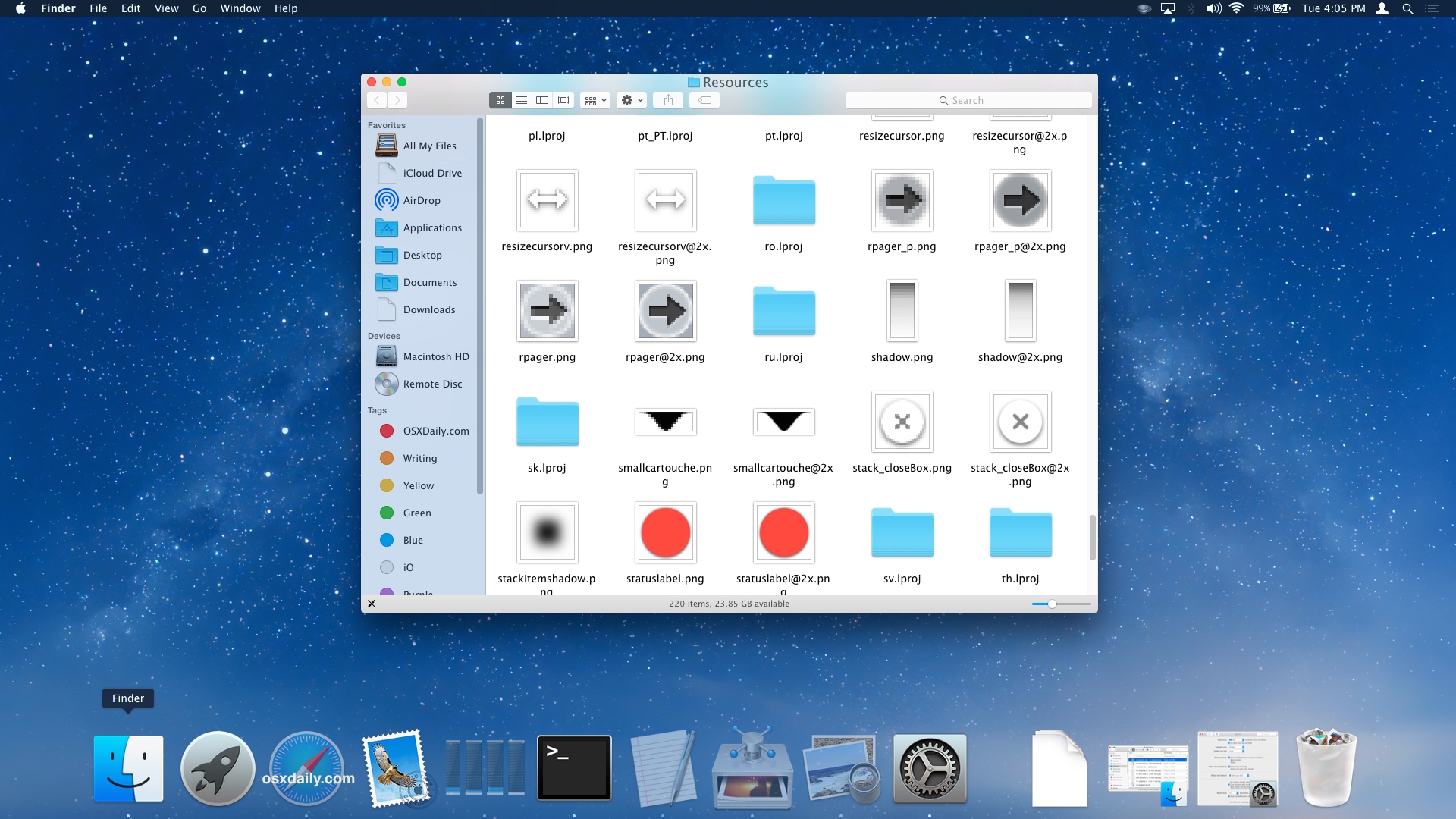So just how similar are Windows 10 and OS X 10.10 Yosemite?
In Microsoft Outlook 2016 for Mac running on Mac OS X Yosemite (10.10) or later versions, you cannot set Outlook as the default application. In Outlook Preferences, under General, you enable the Make Outlook the default application for e-mail, calendar, and contacts option. However, when you check the general preferences again, this option is not enabled. In a similar vein, this past summer Apple put OS X Yosemite (now shipping) out as a public beta for the first time in years, perhaps with similar goals. In both cases, these operating systems show.
My immediate takeaway from Tuesday's Windows 10 Preview event was 'Wow, this looks a lot like OS X.' I say that not with any judgment — just as an observation.
On Wednesday, the Windows 10 Preview became available to advanced users and developers and I rushed to install it on a spare machine. I also happen to have a test machine running the latest OS X Yosemite GM. You know what that means? Operating system with ten in the title face-off!
See also: With Windows 10, Microsoft Finally Gets It
Up until Windows 8, the OS X and Windows desktop worlds were running on similar — if still unique — paths. Sure, one had a dock and the other a Start menu, but the overall trajectory had similarly aligned goals.
All of that changed with Windows 8. Where Apple has long had the philosophy of keeping iOS and OS X separate — shared design language and some window dressing aside — Microsoft decided to go in a different, unified direction. It didn't really work out.
Now, with Windows 10, Microsoft is righting the Windows ship and going back to a desktop-first experience. Don't worry touch customers — Microsoft isn't abandoning you — but the focus, especially for the enterprise-targeted Windows 10 Preview, is clearly on winning over the hearts and minds of desktop consumers.
So what does Microsoft's new vision for the desktop look like? Well, it looks an awful like what Apple has envisioned for OS X.
Copying from each other is good for everyone
Now, to be clear, although there are some aspects in Windows 10 Preview that seem inspired by longtime OS X features, I'm not implying that Microsoft 'stole' anything from Apple. (And if it did steal, it's the type of stealing I fully endorse: Taking the idea and making it stand on its own as opposed to pure mimicry.)
Plus, it's important to note that the latest version of OS X — and indeed, OS X Mavericks — have taken a number of cues from the traditional Windows desktop too.
Let's look at some of the visual and behavioral similarities between the two platforms.
Task View and Mission Control
One of my favorite features in OS X is Mission Control (known as Expose until OS X Lion). Mission Control allows users to see every running program window in an organized, heads-up fashion. It also allows the user to view multiple desktops and to add additional desktops with a quick click of a button.
In Windows 10 Preview, a virtually identical feature is coming called Task View.
Tapping on the Task View button on the Start menu brings up each app window in heads-up mode in a grid. You can also view other virtual desktops or create your own. Yes, Virginia, virtual desktops are back.
Even better, for an OS X user like me, the gesture shortcut for bringing up Task View is identical to that on OS X. Swipe three fingers up on a trackpad and the mode is exposed. I would love to see a keyboard shortcut similar to F3 on Mac, but for a preview, I like the interface.
This is a very blatant OS X-ism for Windows 10, but it's also a very good decision.
Maximize works the same on both desktops
Microsoft Remote Desktop For Os X Yosemite 10.10.5
I remember when I switched to full-time Mac usage, one of the biggest adjustment problems I had was that clicking on the green button on a window didn't maximize the window to fill the whole screen, it simply expanded it to the size the application thought you might want it to be. That made it necessary to drag the window manually to fill the size of the screen.
This, of course, is the opposite of how it works in Windows, where clicking on the maximize button makes the window fill the entire screen.
For Mac users, this change could be infuriating, especially if trying to get more screen real estate for an application such as Safari. Back in the old days, I think I even had a special bookmarklet or hack to make the window size as large as I wanted it to be, just as a way to cope.
Well, finally, with OS X Yosemite, the green button is going to act the way it has always needed to act and will fill the entire screen (invoking full-screen mode if that's part of the app).

See, Mac can steal from Windows, too.
Flatness is in, Aero Glass is back
As we noted in our original OS X Yosemite preview, the added translucency to the operating system is similar to what we saw with Windows Vista and Aero Glass back in 2007.
Pair that with the flatter style that both Windows Modern and OS X Yosemite share, and the the UI 'look' for both systems is closer than ever.
It's true that Windows 10 Preview still has more shadowed candy-coated icons, but both Microsoft and Apple seem to be trying to streamline design trends to better match what we're seeing on the web and with design in general.
Widgets get sidelined
The Start menu is back on Windows 10 Preview, but that doesn't mean that Live Tiles are dead. Instead, they are now able to be attached to the Start menu and show updates in real-time. This is basically the modern version of Windows desktop widgets.
This is not dissimilar to what OS X Yosemite is doing with its Notification Center. Just like in iOS 8, OS X Yosemite offers customizable widgets on the Today screen.
The implementation is unique to both operating systems, but the idea is incredibly similar.
OneDrive and iCloud Drive


This is another area where Microsoft can take credit for leading the way. In both OS X Yosemite and Windows 10 Preview, user login accounts can be tied to a OneDrive or iCloud account. When this happens, iCloud and OneDrive integrate seamlessly with the desktop experience, making it easy to access files and folders from the cloud or to save files that are then synced with the cloud.
Apple users have been clamoring for a more Dropbox or OneDrive-like approach to cloud services so it's great to see Apple take a page from Microsoft's playbook.

More cohesive desktops are good for everyone
Microsoft Office For Os X Yosemite
It's a GOOD thing that both Microsoft and Apple are taking cues from one another. The fact is, as someone who primarily uses a Mac but also checks in on Windows in a virtual machine or test machine, I'm more excited by Windows 10 Preview than I have been for any non-Mac desktop in years.
That's not just because I can use Microsoft's Yosemite Scenes wallpaper pack to look like Yosemite National Park either; it's because having desktops act similarly to one another is a good thing.
Microsoft Teams For Os X Yosemite 10.10.5
This isn't to say that being unique doesn't have its benefits, but in the real world, where more and more work takes place in a browser and becomes operating system agnostic, having systems feel similar to one another is a good thing. It lowers the learning curve and makes muscle-memory less of an issue.
